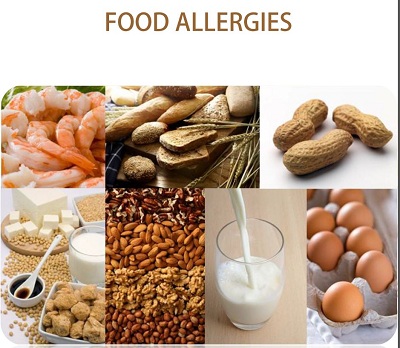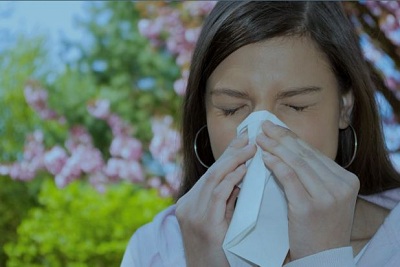Allergic Reaction to Food
An allergic reaction to food can affect close to 6 - 8 percent of kids under the age of 3 and nearly 4 percent of grownups. If you experience an unpleasant reaction to some food you have eaten, you probably will wonder if you have allergies. About one third of everybody believes they have had or do have allergies to some food and modify their or their family’s diet. Therefore, while an allergic reaction is quite often suspected, medical practitioners diagnose it less often than most people assume.
The report below describes allergic reaction to food and the possible sources and also the best methods to diagnose and treat an allergic reaction to food. It also describes other reactions to foods, known as food intolerances, which can be confused with food allergies, and describes some untested and controversial food allergy ideas.
Airborne Allergies
Health experts predict that about 50 million people in America suffer from upper respiratory tract symptoms that are allergic reactions to air borne irritants. Around the World, air borne allergens cause the most problems for people with allergies. The respiratory symptoms of bronchial asthma, that affects about 11 million people in America, are often provoked by air borne allergens.
Generally, allergies are truly among the primary sources of illness and impairment in the Country.
The National Institute of Allergy and Infectious Diseases (NIAID) provides support for and conducts research on allergic diseases. The objectives of this research are to give a greater understanding of the causes of allergic reaction and to improve ways of diagnosing and treatment for allergies and their reactions, and eventually to prevent allergies all together.
This eBook of Airborne Allergies sums up what medical experts know about the triggers and symptoms of
allergic reactions to air-borne allergens, how health care providers
diagnose and treat these reactions, and what health care researchers are
doing to help individuals who suffer from these allergic reactions.
Article by: Steve Howell




